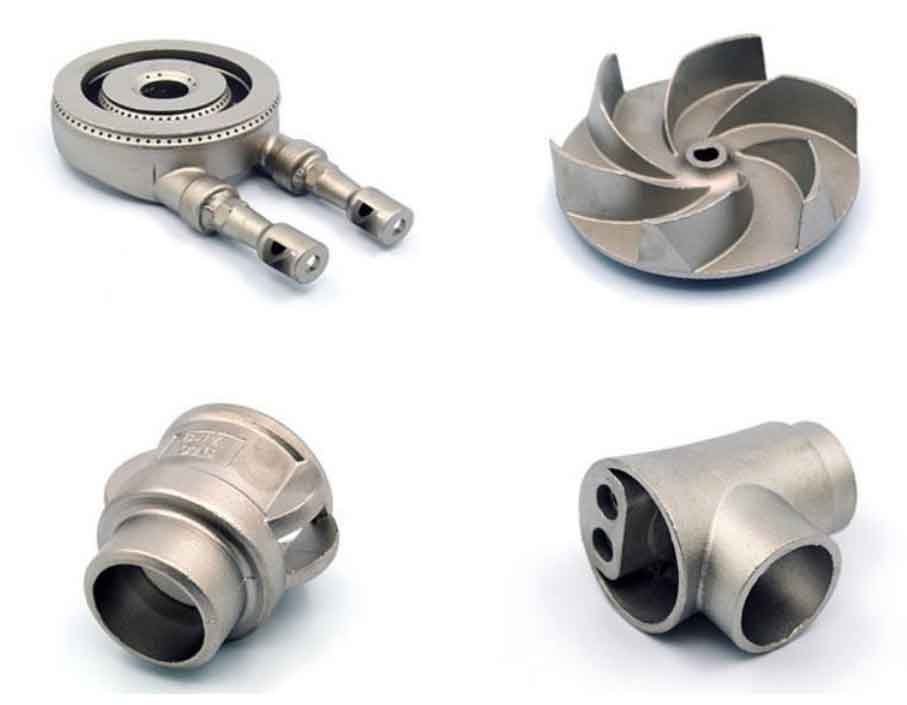The riser design of cast steel joint mainly depends on the solidification characteristics of cast steel. There is a large volume shrinkage in the whole solidification process of cast steel joint, which can be divided into liquid shrinkage, solidification shrinkage and solid shrinkage according to the solidification process. Among them, liquid shrinkage and solidification shrinkage are related to riser design of cast steel joints. If the shrinkage of the first two stages can not be supplemented by external molten steel (mainly riser), shrinkage cavity or porosity will be left inside the casting. Therefore, the purpose of joint riser design of steel casting is to effectively supplement molten steel in the process of liquid shrinkage and solidification shrinkage. Generally speaking, the riser of the cast steel joint should be placed on the hot spot of the casting during the design, and the riser should be large enough to ensure that the riser is later than the casting solidification, forming a feeding channel towards the riser.
The riser design should follow the following principles:
(1) The riser shall be set at the last solidified part of the casting, i.e. the thickest and hottest part of the casting.
(2) Riser shall be set at the highest part of casting (dark riser shall be set at the secondary height). If necessary, it can be solidified from bottom to top and from casting to riser by using cold iron or increasing subsidies.
(3) The shape and size of the riser shall meet the requirements of casting feeding, so that the riser has enough molten steel feeding castings to ensure that the casting solidifies first and the riser solidifies last.
(4) The number of risers shall be determined according to the structure, shape and hot spot distribution of the casting, and the feeding distance shall be ensured to obtain the dense casting.
(5) The riser shall not prevent the casting from shrinking, so as to avoid cracks, and at the same time, the cutting shall be convenient.
(6) The total amount of molten steel in riser should consider the process yield.
At present, there are many design methods for riser of steel casting, but there are several methods commonly used: simplified modulus method, cubic equation method, feeding liquid quantity method and proportion method. The first three methods are more complex for cast steel joints, so the proportion method is used in this study.
Based on the analysis and statistics of a large number of process data, the proportional method is an empirical method to determine the riser size. According to the long-term practical experience, factories in China have summed up the proportional relationship between riser sizes and the diameter of hot spot circle, and compiled various riser size calculation charts. The key of the hot spot circle is to determine the size of the hot spot circle and the proportion of riser to the hot spot circle. The size of the hot spot circle can be measured or calculated on the part drawing, or calculated according to the size of the intersecting wall of the casting. After determining the size of hot spot circle, the proportional relationship of riser size of typical casting structure is concluded by analyzing various design manuals and process data.

